Report this entry
More from the same community-collection
"Seasons of the Sun" - El Paso, Texas
This sculpture is made by the El Pasoan muralist Carlos Callejo ...
Mural "Our History" in County Courthouse
The image shows part of the mural in the atrium of the County ...
"Shining Desert Suns: Giver and Taker of Life" - El Paso, Texas
The ball by Susan Klahr is titled "Shining Desert Suns: Giver ...
Recreation Area in Front of Main Library
The picture shows the recreation area in front of the Public ...
The Bert Williams Downtown Santa Fe Transfer Center
This new bus terminal is called The Bert Williams Downtown Santa ...
Border Youth Bus by Grave Herrera, Jeri Navarro and Dekan Ortega
This bus was decorated for the Chalk the Block festival in 2011. ...





















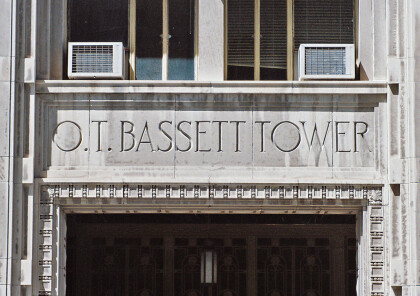
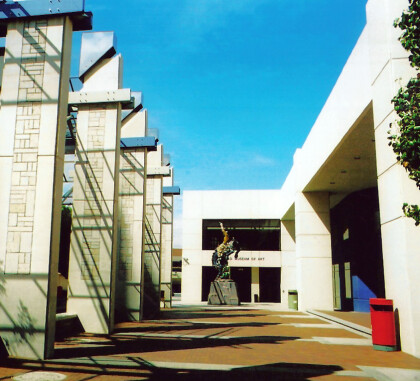
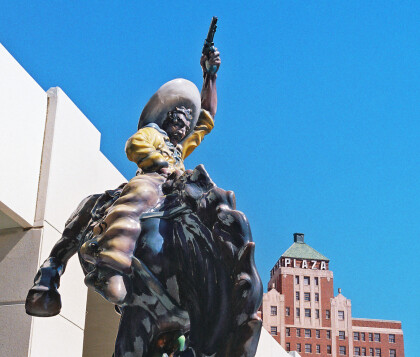
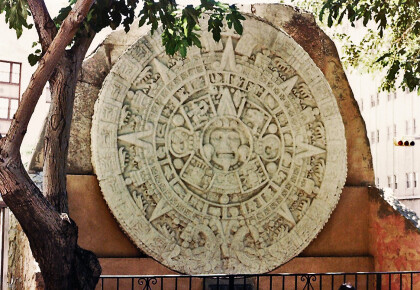
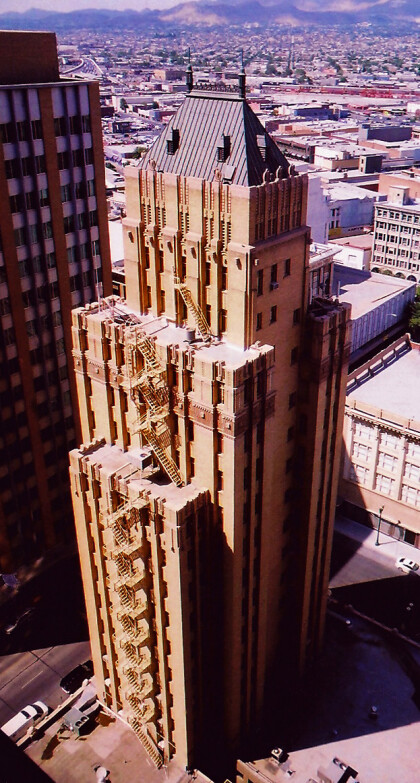
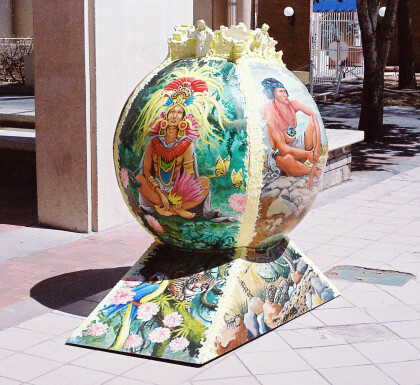
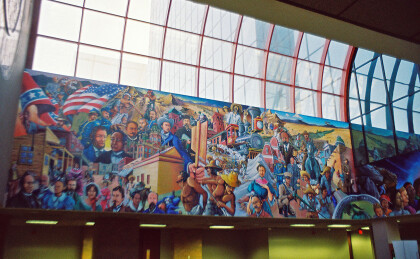
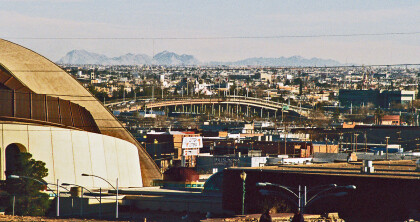
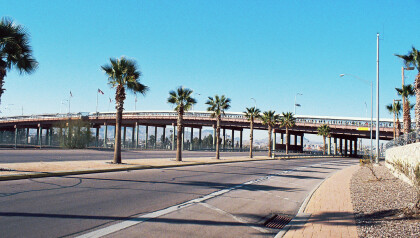
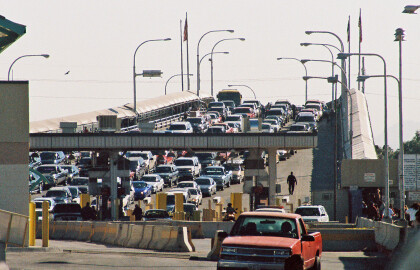
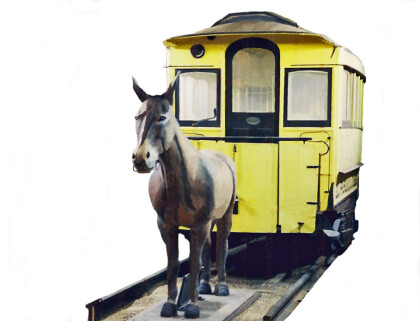
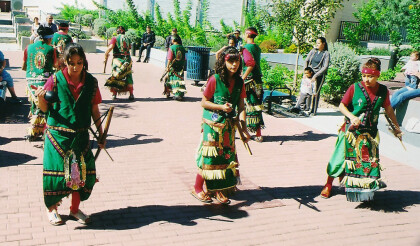
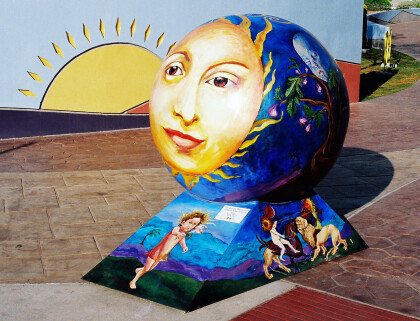
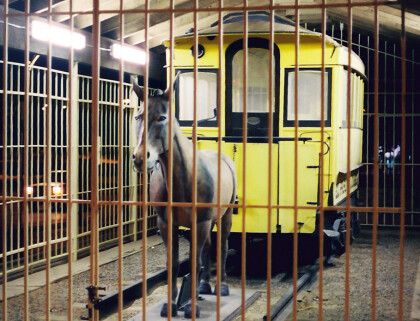

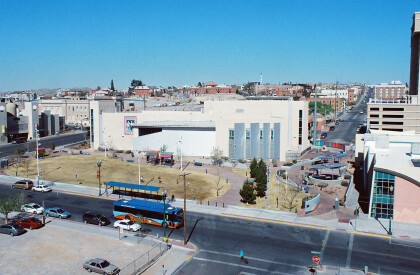
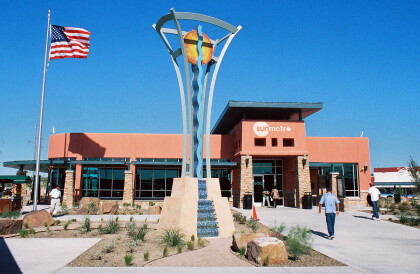
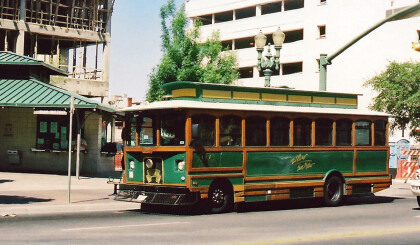
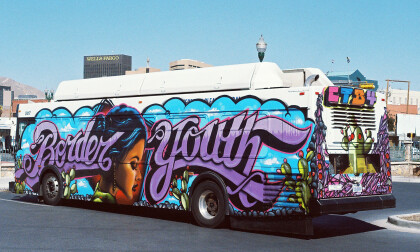
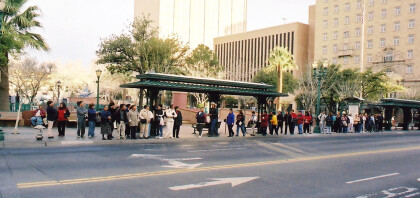
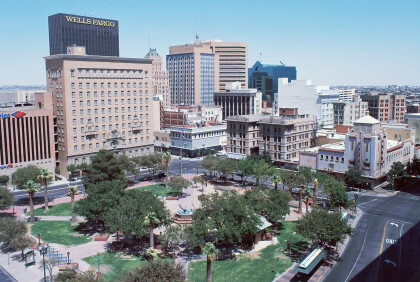
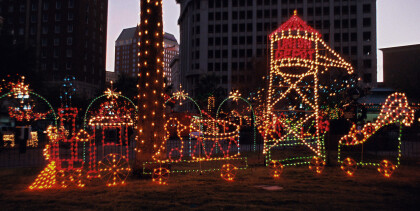
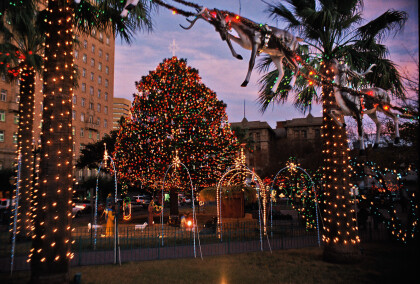
Comments
Add a comment